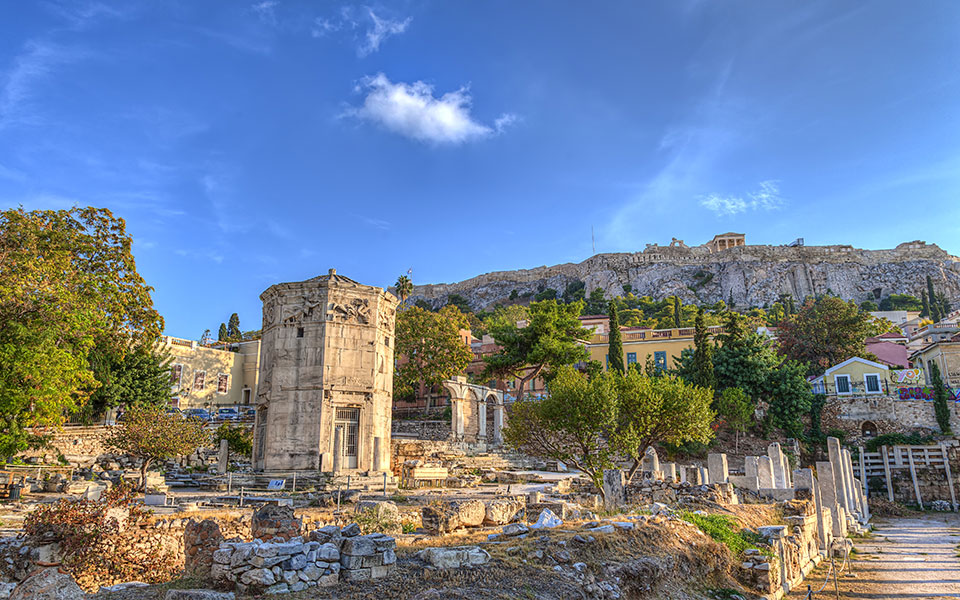By Nicolas Zois
After yesterday’s unanimous opinion of the Central Archaeological Council (KAS), the entry of companion animals into most of the open archaeological sites in Greece is allowed on a pilot basis, under specific terms and conditions, such as having a health book and being escorted by their guardians either by using a leash or by holding them into their arms (and of course cleaning up their excrement) however, pets are not to have “access” into vaulted tombs, caves, sites with mosaic floors, wall paintings, etc.
The opinions of the KAS members regarding the use of muzzles on animals that are larger than one meter long were divided, however those who were in favor of this specific term prevailed by a majority. The competent departments of the Ministry of Cultures and Sports had requested the opinions of the Ephorates of Antiquities, which generally maintained a positive attitude towards the issue, although with reservations and division as to whether they would normally allow animals to enter their archaeological sites, whether they would create crates right outside them or neither.
Thus, while the entry of animals is not going to be allowed under any conditions in the Acropolis, the measure is going to be applied in the Ancient and the Roman Agora. Likewise, pets are going to be allowed in Amphipolis, Acrocorinth, Dodona and the Asklepieion of Epidaurusas well but not in the ancient theater of Argolida, nor in Knossos, Phaestos or in Pythagoreio, where it was preferred to install crates.












